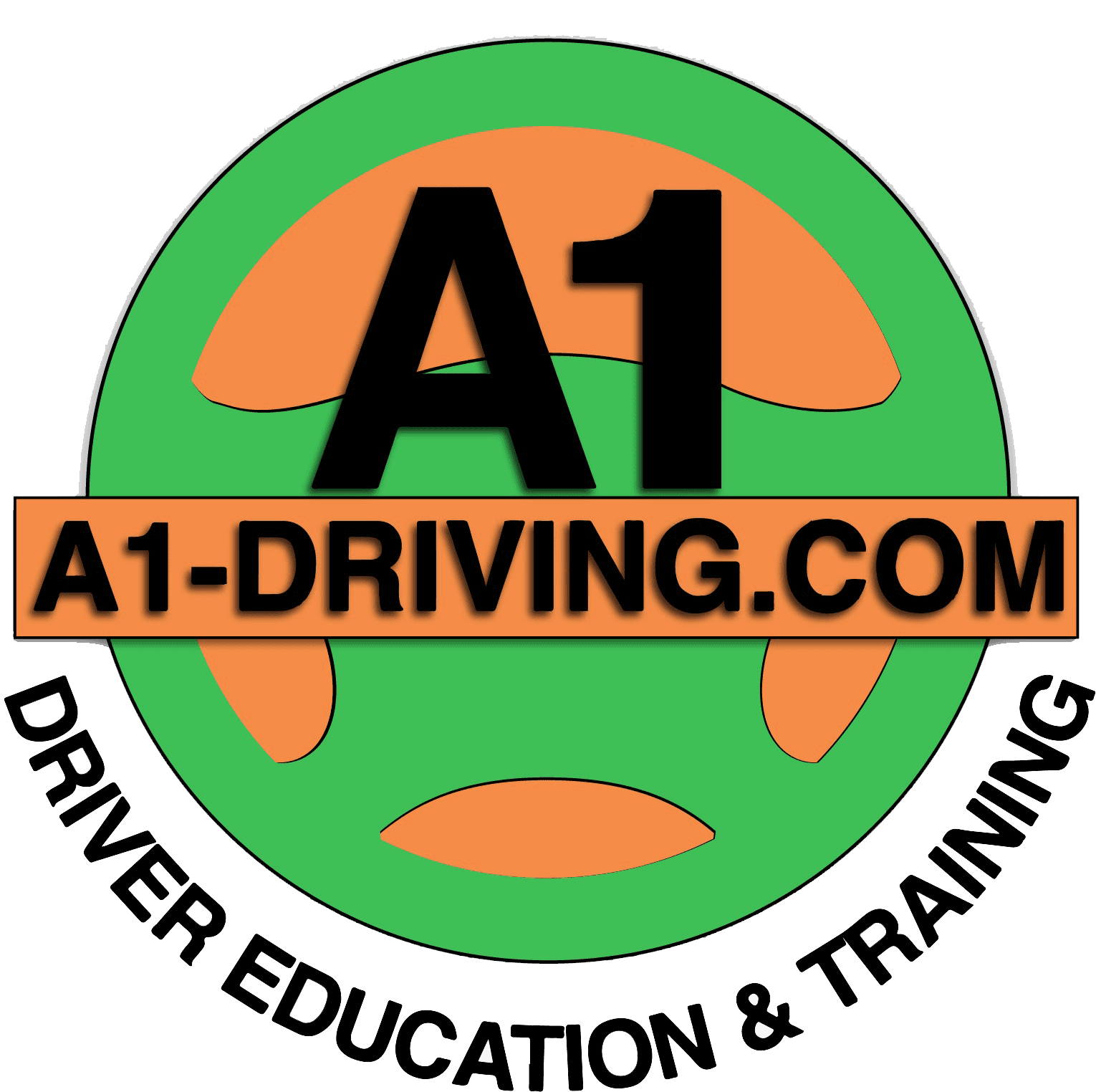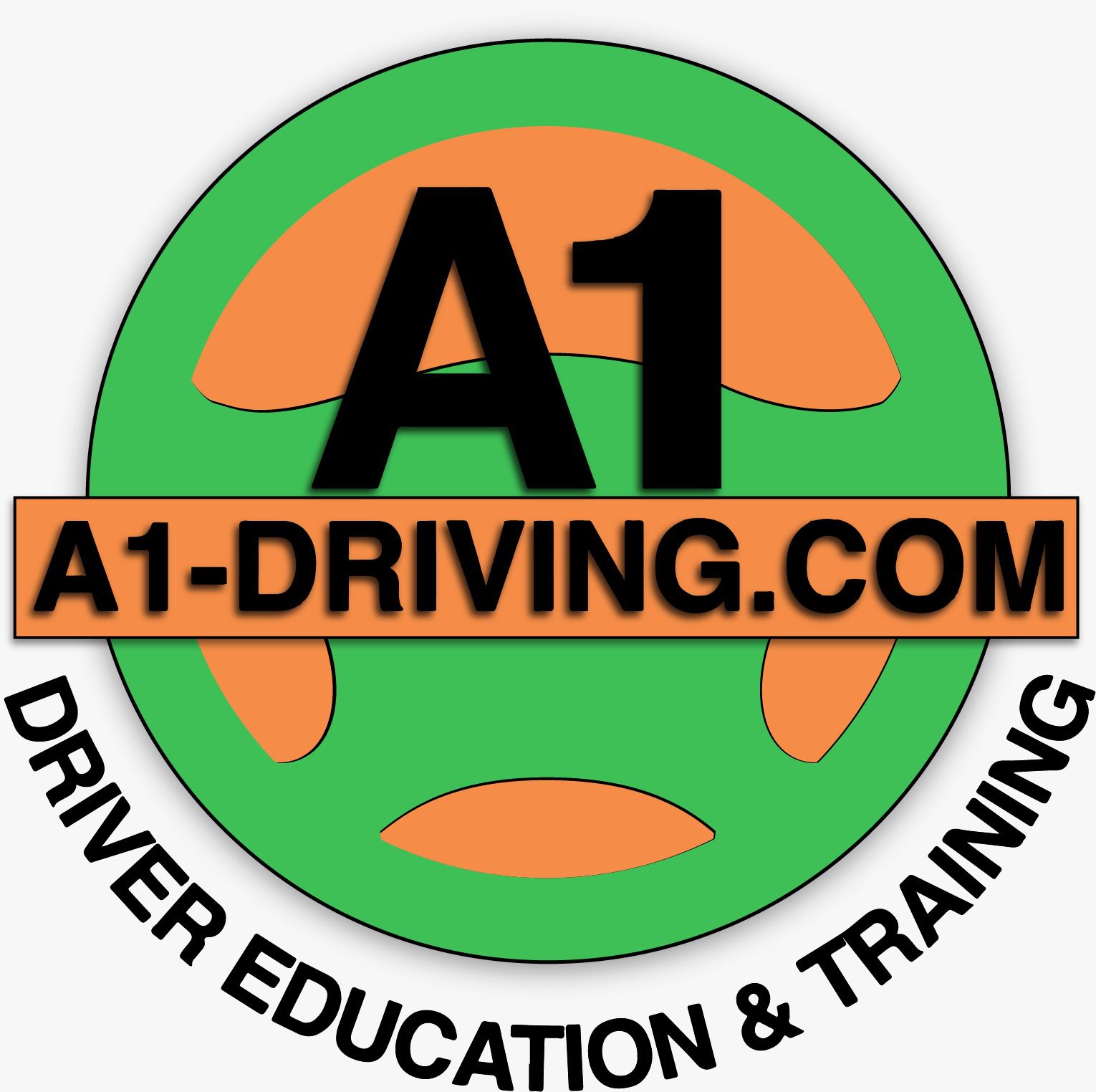Whether you’re a new driver, an experienced driver, or even a student still learning how to drive, you need to know and identify your blind spots. Knowing them and how to use them can protect you and those around you from any type of potential danger.
Some cars do come equipped with cameras and proximity detectors that will inform you if there is any object or vehicle in your blind spot. However, if you’re driving around in an old or used car, you may not have those resources available.
Checking your blind spots is a crucial thing that you must do every time you drive. You can’t solely rely on your rear-view mirrors or your cameras. Accidents happen and to avoid them, the best thing you can do is frequently check your blind spots.
What’s a blind spot?
A blind spot refers to a spot on the side of the car where you can’t see even by using your rear-view mirrors. To access and see this spot you will need to turn your head and do a quick check to see if you are clear to proceed. Checking your blind spot means looking over your shoulder.
Blind spots can also refer to your car obstructing the view when you drive. Some things in your car that can obstruct your view while driving may include seats, door pillars, and so on.
Why are they important?
Don’t get me wrong, using your rear-view mirrors is important. They give you a lot of visibility when changing lanes and making turns. However, there are certain times that a car or a bike is going to be right next to you and your rear-view mirrors might not show you. If you turn or change lanes while that car or bike is next to you, then you might hit them and cause an accident.
There are too many instances where a driver got into a car accident and it has led to serious injuries.
According to the National Highway and Safety Administration, there are almost 840,000 accidents that happen in the US every year because a driver didn’t check their blind spots. From those 840,000, on average, 300 of those accidents are fatal.
As mentioned, not all cars have a blind spot detector so the best way to avoid becoming a statistic is you getting educated on checking your blind spot, and practicing this habit.
What do I do?
You can buy those blind spot attachments that stick to the rear-view mirror if your car doesn’t have blind-spot detection. However, the best and safest course of action to take is by turning your head and body and taking a glance.
The times where you should check your blind spots include when:
- You change lanes
- Make a turn
- Pulling out or into the sidewalk
To get educated on checking your blind spot you can take driving lessons at Stratford or you can go on google and type in “book a driving lesson near me”. The more you’re aware of these blind spots the safer it will be for everyone else.

